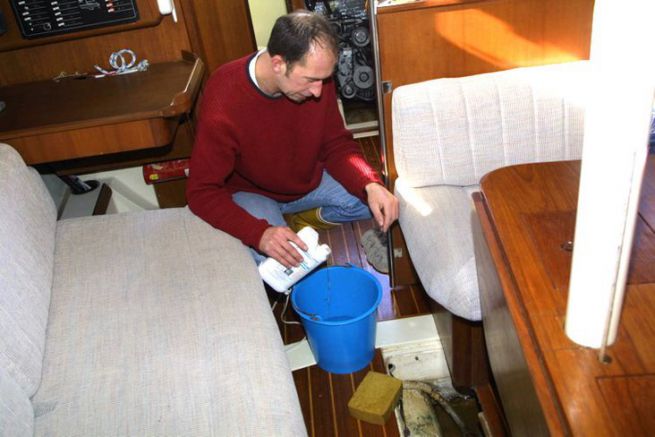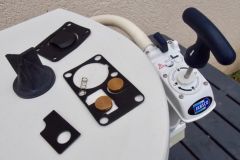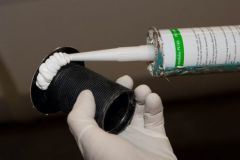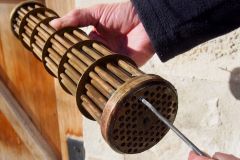Some boaters consider the characteristic musty smell that sailboats often develop after a few years of use to be fatal. Except by using it as a repellent for undesirable crew members, this characteristic scent, subtly mixing hydrocarbon and mould smells, can be effectively fought against. Let's see together where these smells come from and how to get rid of them.
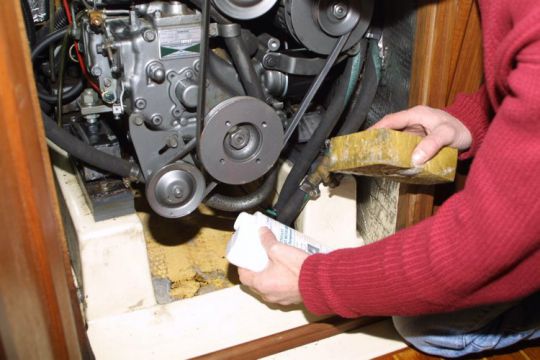
The engine chock
First culprit, number one culprit for the persistent seasickness: the engine, its leaks and its remains of oil changes. In addition to the fire risk posed by the stagnation of oil and diesel under the crankcase, a few drops of poorly wiped hydrocarbons can cause an unpleasant odour to spread as soon as the engine heats up a little. Over time the curtains, cushions and upholstery will also become impregnated with this infernal smell and you will have to change everything.

The cushions
When you sleep, condensation forms on the back of your mattress. The humid marine environment does not help: as the weeks go by, the cushions end up mouldy. To prevent this, take them out regularly to air them out. When you leave the edge for several days, it is a good idea to place them vertically on the edge. This way they will dry out gently
As for the covers, wash them at least once a year, and even more if you have put sea water on the bunks, by lying down in a waxed bed for example. You can also opt for imitation leather covers, which do not normally absorb moisture.

The old foam bras
They sleep at the bottom of the front point. Stored there because they are bulky and light, they are no longer of any use to you. But God knows why, you don't want to throw them away. OK, but get them out of there now! As the months and seasons go by, they become soaked in moisture, especially when they have encountered sea water stagnating at the bottom. If that happens, they'll never dry out completely and will continue to spread their delicate musty aroma throughout the boat.
The linings
The small layer of foam that claims to protect you from condensation has the corollary of retaining moisture: that's its function! But along with the moisture, it also absorbs ALL the odours that have stagnated in your sailboat. Personally, I had a Chance 32, built by an amateur who had covered the inside with neoprene glued carpeting and decorated it with many SNCF ashtrays. I let you guess the result 10 years later... The only solution is to change it
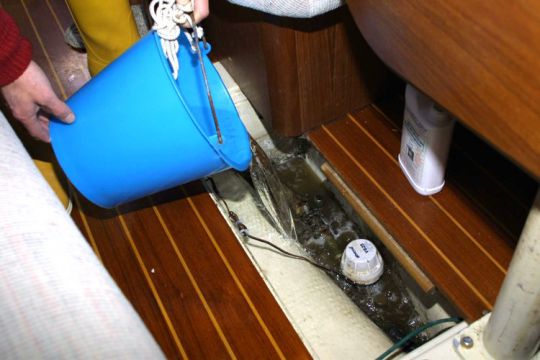
Bilges
Now it's super simple: clean them as often as possible. The mixture of bread crumbs, cheese, sausage skin, sea water and anything else that humans can spill without even noticing ends up releasing deadly gases. White vinegar with a few drops of lavender essential oil will work wonders while preserving the environment.
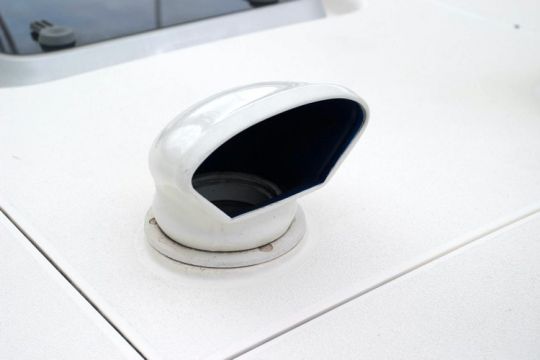
Ventilation
This is crucial if you don't want to turn into a compulsive housewife. A sailboat with no air circulation always smells bad in the long run. Plus, it's much easier to get sick. The solution is to provide natural ventilation from bow to stern by placing enough airtight ventilators from the front hood to the bulkheads as far aft as possible.
